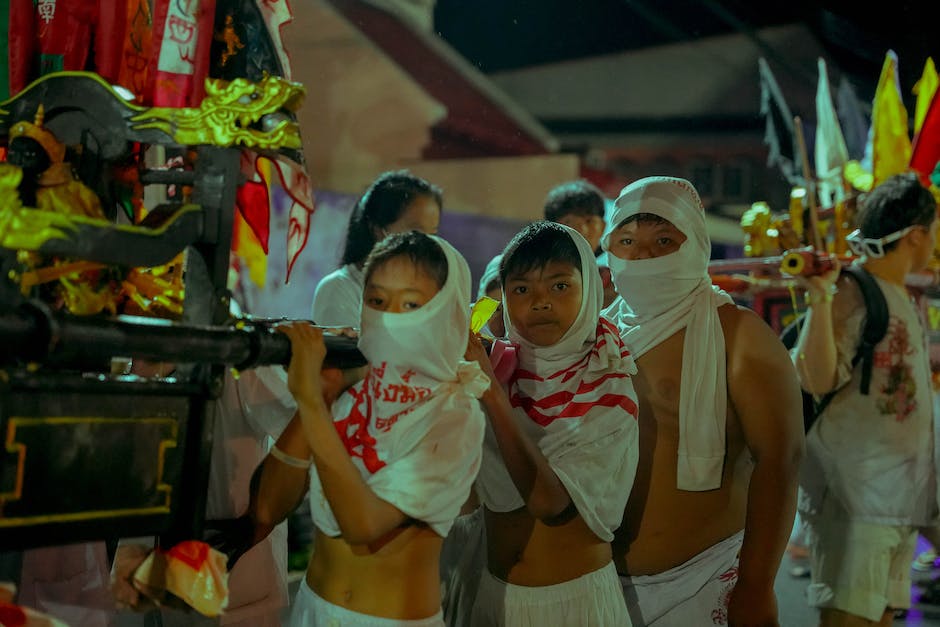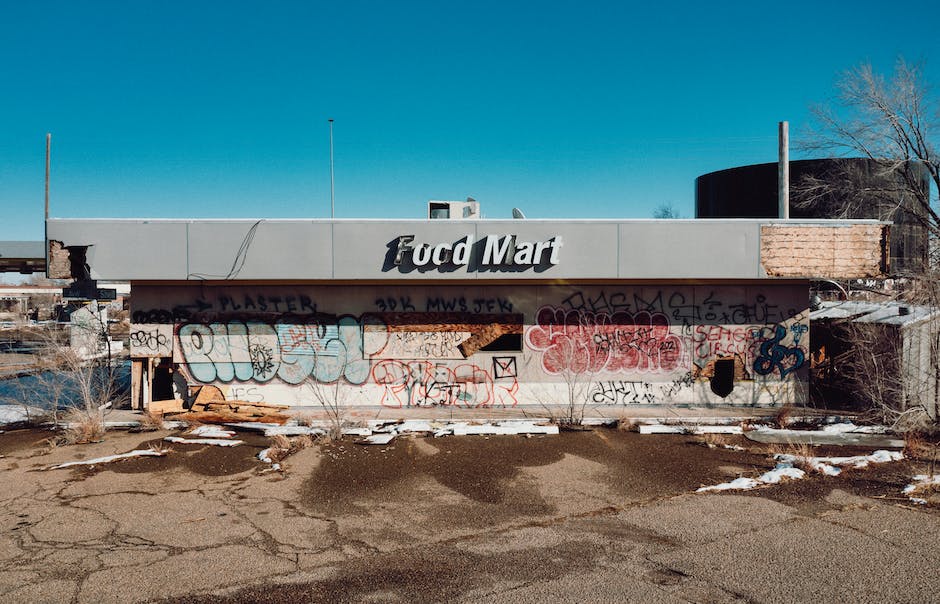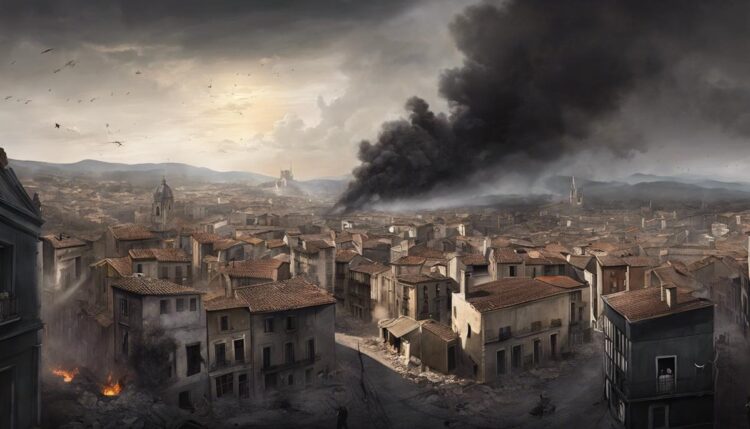The manifestation of anguish and devastation brought by war found a disturbing yet powerful resonance in Pablo Picasso’s seminal artwork, ‘Guernica’. This monumental painting, a symbolic retelling of the horrific bombing of the Basque town of Guernica in the Spanish Civil War, is regarded as Picasso’s most potent political statement. He responded to the inhumanity, brutality, and hopelessness of war not through literal depiction but through stark, jarring symbolism that jarred the viewer into the discomfort of a grim reality.
The ensuing analysis aims to probe behind the canvas of ‘Guernica’, to explore the historical context that gave birth to such tumultuous expression, and to consider the deep impact it had – and continues to have – on art history and society. By scrutinizing the masterful strokes of Picasso’s brush – each figure, each object carrying a profound symbolism – we will embark on a journey of understanding, of interpreting, and appreciating this awe-inspiring magnum opus that Picasso bequeathed to mankind.
Historical Context of Guernica
Historical Inspirations behind Picasso’s Guernica: A Powerful Expression of War.
Pablo Picasso’s Guernica is widely acknowledged as a tour de force of modern art and one of the most potent anti-war statements in history. It articulates the artist’s protest against the horrific unfolding of the Spanish Civil War in the 1930s. This masterpiece, generated by the fires of historical and political strife, took the world by storm and remains a prevailing symbol of war’s cruelty.
Picasso’s paintbrush was first stirred into action by an event steeped in the annals of war history: the bombardment of Guernica, a Basque town in Northern Spain. On 26th April 1937, a tragic symphony of destruction unfolded with the town becoming the target of Nazi Germany and Italian Fascists supporting Francisco Franco’s Nationalist forces. Picasso, from his Paris studio, vividly captured the ensuing devastation into this monumental canvas stretching over 3.49 metres in height and 7.77 metres in width.
The shattering of the town was comprehensive: civilian casualties were alarmingly high, and destruction was colossal. The bombing, primarily seen as an experiment by these totalitarian regimes, also targeted innocent civilians, marking a drastically new approach in warfare. News reports of this horrifying incident reached Picasso in France, and he quickly abandoned his initial plans for the Spanish Pavilion of the Paris International Exposition. He instead vowed to dedicate his impending mural to this brutal episode, laying the groundwork for Guernica.
Picasso’s Guernica is not merely a commentary on the infamous bombardment, but it also echoes the horrors of the entire Spanish Civil War. This conflict, which raged from 1936-1939, was a bitter power struggle between the Republicans, who desired a socialist-style government, and the Nationalists, a coalition of conservatives, monarchists and fascists led by General Francisco Franco. Franco’s successful military coup and his dictatorial reign till 1975 had a profound impact on Picasso, a staunch republican.
The tormented faces, the agonised horse, the petrified civilians, and the dismembered bodies depicted in Guernica are evocative of the chaos, sufferings and death ubiquitous under Franco’s regime. Picasso portrays the brutality and savagery of this civil strife through abstract and surrealist elements, thus transcending the parochial boundaries of a singular event. Guernica is, hence, a metaphor for the collective anguish and fears of a nation torn apart by war.
Overall, the devastating bombing of Guernica and the turbulent Spanish Civil War exerted the pivotal force behind Picasso’s creation of Guernica. But the painting’s significance extends beyond its historical context: it stands as an eternal testament to the artist’s fervent belief in art’s power to interrogate, resist and expose the horrors of war. This universal resonance ensures that Guernica endures as a poignant reminder, a protest cry against the violence and terror of conflicts, past, present, or future.

Symbolism and Interpretation
Decoding Picasso’s Guernica: The Hidden Symbolism and Scholarly Interpretations
Without question, Picasso’s monumental mural Guernica speaks volumes on the visceral horrors of war and the artist’s personal reflections on the Spanish civil war and the bombardment of Guernica. While interpretations of this masterpiece have been extensively canvassed, this article will shed light upon the symbols used by Picasso and how scholars have guided us through these interpretations.
Undeniably, Guernica primarily narrates the tale of human suffering and chaos during war. One of the key symbols is the bull that stands witness to the chaos unfolding on the mural. This animal, a common motif in Picasso’s works is multifaceted, embodying both Spain’s longstanding cultural heritage and its tumultuous history. Picasso, never explicitly clarified the role of the bull, however, scholars favour the interpretation of the bull serving as a symbol of the undying, resilient spirit of the Spanish people amidst war and chaos.
Another conspicuous image is a horse, gasping in pain, central to the composition. Scholars interpret the horse as a symbol of the Spanish Republican ideals which were crushed by Franco’s Nationalist forces. Its contorted body, pierced by a spear, epitomizes the brutal suppression under autocratic rule. The horse arguably provides the most poignant commentary on war, echoing Picasso’s anti-war sentiment.
The broken sword beneath the horse further fuels the devastation. Traditionally seen as a symbol of power and authority the shattered sword suggests the ultimate futility of war. Scholars contend that this is a direct commentary on the powerlessness of those caught in political conflict, effectively highlighting the sobering reality of the common people’s plight during violent uprisings.
Light and illumination play crucial roles in Guernica’s symbolism. The electric bulb engulfed in the shape of an eye within a dark room suggests a disturbing presence of modern warfare technology, and possibly, Picasso’s plea for enlightenment in such bleak times. Simultaneously, the outdoor lamp held by an agonised woman is seen as an embodiment of peace, its light suppressed by the more powerful and destructive indoor bulb. This dichotomy, interpreted by scholars, paints a chilling landscape of a world precariously teetering between enlightenment and destruction.
Flower-bearing hands pointed towards the sky have been proposed as representing hope amidst destruction. Though some critics argue it’s a reminder of life’s fleeting moments, others insist it symbolises resistance to despair, testament to Picasso’s faith in humanity’s ability to rise in adversity.
Picasso’s Guernica, suffused with symbolism, visually narrates the dread of war and people’s suffering. By wielding surrealism and cubism, Picasso creates a psychological reality, a departure from realistic art styles. Over eight decades after its creation, scholars continue to analyse the profound messages concealed in the facets of its symbolism. This invaluable intellectual terrain will forever compel rigorous exploration, ensuring that the dialogue on Guernica persists, thus etching the work’s timeless relevance into future generations.

Guernica’s Impact on Art and History
From Picasso’s profound ‘Guernica’, there manifest a variety of influences shaping countless artistic pursuits, as well as stimulating socio-political discourses throughout the globe. Rooted in Cubist surrealism, anchoring the horrors of war with symbolic representations, this groundbreaking creation posits itself as a milestone in world art history. In this article, we delve into an exploration of how this remarkable art piece impacted and continues to revolutionize art narratives and socio-political discourse.
A walk through the annals of art history post-Guernica unearths a tectonic shift in the use of symbolism by artists. Picasso’s symbols like the bull and the horse, epitomizing resilience and crushed ideals respectively, served as a catalyst for the use of powerful metaphors by artists. Infusing their creations with emblematic themes to voice dissent, portray social realities or express their stance became a prevalent practice. It showcases Picasso’s influence, amplifying his narrative technique, shaping the contours of modern art.
Moreover, Picasso’s adept use of space and illumination in ‘Guernica’ to chronicle savagery of war and symbolize struggle between illumination and destruction, echoes in multiple art forms today. Artists began utilising light, shade, and space to conjure connotations, revealing an ongoing conversation between their works and ‘Guernica’.
The depiction of hands proffering flowers emerges as a symbol of resistance and hope amid despair, fostering a sense of rebellion in art. It deeply influenced artists’ perception towards the power of art to not just portray, but resist sociopolitical realities. This resilient spirit ingrained in the painting can be found permeating contemporary art movements.
The influence extends beyond the artistic landscape, stimulating socio-political conversations. The pervading turmoil within ‘Guernica’, embodied through shattered sword and anguished figures, provided an impetus for pacifist movements. It became a universal symbol of protest against the atrocities of war, inspiring generations to struggle for peace and justice.
Picasso’s unrivalled ingenuity in synergising surrealism and cubism to depict psychological realities came to be revered in psychoanalytic studies, thereby stimulating intellectual enquiry beyond conventional borders of art. This approach fosters the view of artwork as not merely representational but interpretative, encouraging profound analysis into symbolic meanings, a practice very much alive among art scholars today.
In essence, the tendrils of Picasso’s ‘Guernica’ extend, unfettered, into the depths of modern art and societal conversations. The painting fertilised art with bold, groundbreaking techniques and fuelled a resilient spirit against socio-political adversities. Its impact will continue to reverberate, accelerating the evolution of art history and socio-political dialogue.

Contemporary Reception and Legacy
The influence of Picasso’s ‘Guernica’ is profoundly etched in the annals of art history. Its distribution and longevity attest to its salience, impacting generations of artists and inspiring them to harness symbolism to embody their perspectives and experiences. Picasso’s motifs have been emulated, mined for depth and dissected, with younger generations integrating his methods into their own works, thereby maintaining its relevancy.
This masterpiece blends space and illumination in a distinct presentation that continues to influence art forums today. These elements convey a sense of scale and depth, creating an immersive dynamic between the observer and the piece. The noteworthy use of light and darkness amplifies the emotive intensity of anguished faces, clenched fists and wounded bodies, translating the devastation of war into a tangible encounter.
Emanating from ‘Guernica,’ the symbolism of hands offering flowers represents an eternal beacon of resilience and hope amidst the darkest of times. This symbolic gesture has been revisited by countless artists, serving as an emblem of defiance and a kernel of optimism within global pacifist movements.
Moreover, Picasso’s exceptional blend of surrealism and cubism offers insight into the psychological reality of wartime obscenities, thus prompting exploration within psychoanalytic studies. The shapes and forms in ‘Guernica,’ devoid of realistic depth and perspective, convey a distorted reality – a direct reflection of the chaos and fragmentation enforced by war.
Framing the narrative of human suffering within such powerful artistic perspectives invites an emotional engagement, inducing a collective empathy and connecting the observer to the profound implications of warfare. As such, ‘Guernica’ has influenced psychological frameworks that place value on subjective reality and individual perceptions, particularly those affected by trauma.
Over the course of eight decades, ‘Guernica’ has sustained its symbolic potency and continues to provoke socio-political dialogue on the inherent brutality of warfare. Its lasting impact on contemporary art discourse and its role within global advocacy movements affirms its endearing legacy.
In this respect, ‘Guernica’ transcends its canvas restrictions and evolves into a timeless testament of human resilience and a relentless critic of armed conflict. Its towering position within art history is not merely due to its aesthetic merits, but fundamentally hinges on the poignant underlying narrative flawlessly articulated through symbolic representation.

As the decades roll on and the world continues to reckon with the grim realities of conflict and suffering, ‘Guernica’ remains as relevant as it was when the first strokes marked the canvas. The profound metaphors and raw emotion continue to speak volumes, reaching out to viewers and engaging them in the dialogue Picasso sought – a dialogue of horror and disgust at the atrocities of war. The painting’s enduring resonance is a testimony to its artistic brilliance and its powerful socio-political critique.
Today, ‘Guernica’ is more than just a painting that hangs in the Reina Sofia Museum, Madrid. It stands as a crucial pillar of art history, a beacon in the discourse of societal role of art, and a stark reminder of human capacity for destruction and resilience. As we navigate the complexities of our time, ‘Guernica’ emerges not as a relic of past distress, but as a persistent, pulsating call for empathy, peace, and humanity.






















